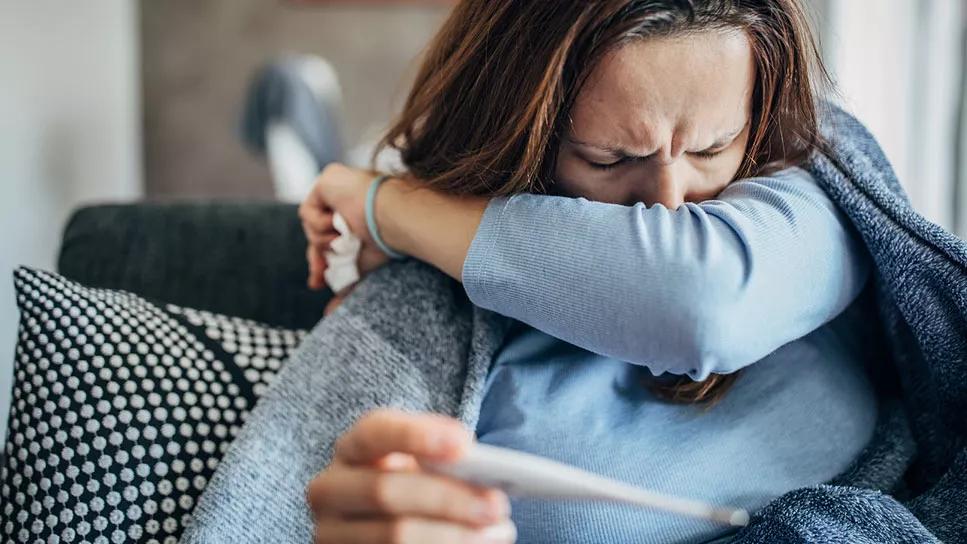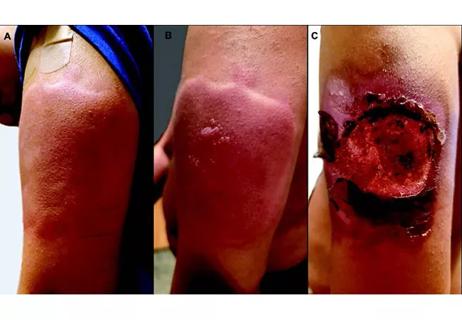Association with reduced odds of hospitalization merits further investigation

Home monitoring programs for patients with COVID-19 appear to be associated with reduced odds of hospitalization and deserve further investigation in randomized trials. So concludes a nonrandomized controlled study published by Cleveland Clinic researchers in JAMA Health Forum earlier this month.
Advertisement
Cleveland Clinic is a non-profit academic medical center. Advertising on our site helps support our mission. We do not endorse non-Cleveland Clinic products or services. Policy
The implementation study, reported as a research letter, compares healthcare utilization patterns between two groups of patients testing positive for SARS-CoV-2: those who enrolled in Cleveland Clinic’s home monitoring program and those who did not enroll.
Under the interactive home monitoring program, which Cleveland Clinic established in spring 2020, patients are remotely monitored by providers for up to 14 days after testing positive for SARS-CoV-2. Participants receive daily phone calls from providers and can enter their symptoms, temperature and oxygen levels each day. Patients also can supplement the telephone monitoring through use of the MyChart Care Companion digital tool offered through the Epic electronic medical record (EMR).
The researchers used Cleveland Clinic’s COVID-19 registry to retrospectively identify all patients testing positive for SARS-CoV-2 in the Cleveland Clinic health system from March 1 to July 31, 2020. Demographic and clinical variables were available from the registry.
Outcomes of interest were healthcare utilization at 30 days and 90 days after positive SARS-CoV-2 test, specifically hospitalizations (primary outcome) and emergency department (ED) and outpatient visits. The analysis was limited to patients with a Cleveland Clinic primary care physician, to ensure comprehensive capture of utilization data from the EMR. Overlap propensity score weighting was used to address baseline differences between patients who did and did not enroll in the home monitoring program.
Advertisement
Overall, 3,975 patients participated in home monitoring and 3,221 did not. Compared with nonparticipants, program participants were younger; more likely to be women, Black and non-Hispanic; more likely to have asthma but less likely to have several other comorbidities; and more likely to have had prior-year outpatient visits.
After propensity score weighting, participation in the home monitoring program was associated with:
Subgroup analysis showed that the reduction in hospitalizations associated with home monitoring was especially pronounced among patients with positive COVID-19 test results associated with a hospitalization or an ED visit.
The researchers note that their study is limited by its single-center design and the voluntary nature of program participation. Although the latter limitation was somewhat addressed by propensity score weighting, not all resulting biases could be accounted for.
Despite these limits, the study authors say their findings suggest that home monitoring programs following a COVID-19 diagnosis may hold value for reducing the risk of hospitalization. “This potential impact needs to be evaluated in randomized trials,” says lead author Anita Misra-Hebert, MD, MPH, Director of Cleveland Clinic’s Healthcare Delivery and Implementation Science Center. “These and future findings about the utility of home monitoring have important implications for how to best target resources to maintain the health of COVID-19 patients for the duration of the pandemic.”
Advertisement
Advertisement

Patients report improved sense of smell and taste

Clinicians who are accustomed to uncertainty can do well by patients

Unique skin changes can occur after infection or vaccine

Cleveland Clinic analysis suggests that obtaining care for the virus might reveal a previously undiagnosed condition

As the pandemic evolves, rheumatologists must continue to be mindful of most vulnerable patients

Early results suggest positive outcomes from COVID-19 PrEP treatment

Could the virus have caused the condition or triggered previously undiagnosed disease?

Five categories of cutaneous abnormalities are associated with COVID-19